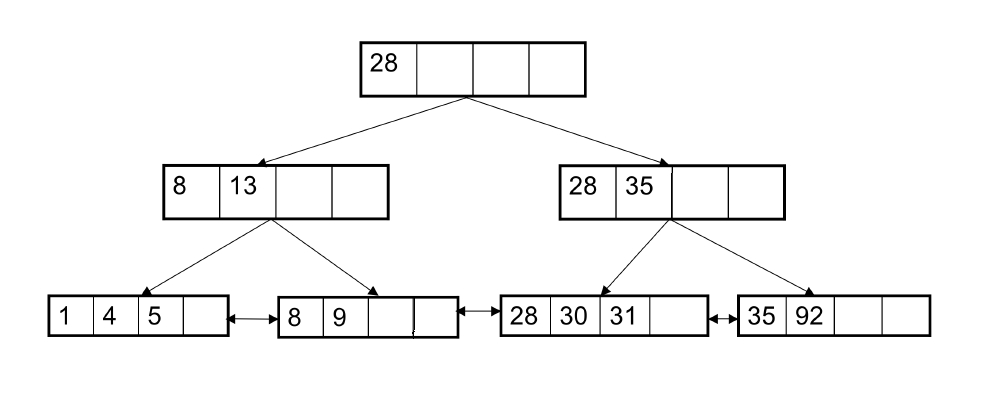
|
|
| # of keys | Result | # of inserts | time elapsed |
| 1 | Success | 14291 | 09:48 |
| 1 | Success | 14864 | 11:13 |
| 1 | Success | 13145 | 10:52 |
| 101 | Success | 13145 | 10:54 |
| 101 | Success | 13145 | 10:53 |
| 101 | Success | 13145 | 10:11 |
| 1001 | Success | 12858 | 09:56 |
| 1001 | Failed | 10590 | 08:34 |
| 1001 | Failed | 20094 | 15:47 |
| 1001 | Success | 12592 | 08:33 |
| 1001 | Success | 15723 | 11:09 |